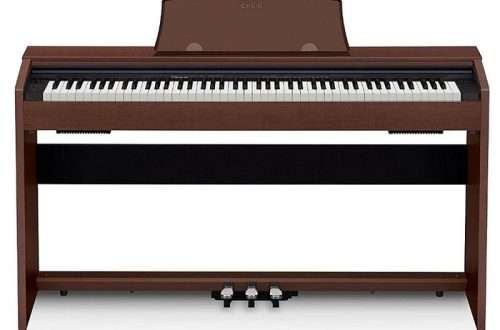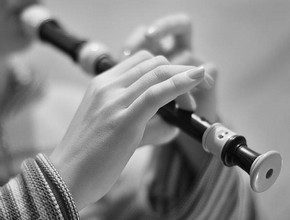Alteration signs (about sharp, flat, bekar)
In this article we will continue the conversation about musical notation – we will study accidental signs. What is alteration? Alteration – this is a change in the main steps of the scale (the main steps are). What exactly is changing? Their height and name change a little.
Diez – this is raising the sound by a semitone, flat – lower it by a semitone. After a note is changed, one word is simply added to its main name – sharp or flat, respectively. For example, etc. In sheet music, sharps and flats are indicated by special signs, which are also called and. Another sign is used – free, it cancels all alterations, and then, instead of sharp or flat, we play the main sound.
See what it looks like in notes:
What is a halftone?
Now let’s look at everything in more detail. What kind of halftones are these? Semitone is the shortest distance between two adjacent sounds. Let’s look at everything using the example of a piano keyboard. Here is an octave with signed keys:
What do we see? We have 7 white keys and the main steps are located on them. It seems that there is already a fairly short distance between them, but, nevertheless, there are black keys between the white keys. We have 5 black keys. It turns out that in total there are 12 sounds, 12 keys in the octave. So, each of these keys in relation to the nearest adjacent one is located at a distance of a semitone. That is, if we play all 12 keys in a row, then we will play all 12 semitones.
Now, I think, it’s clear how you can raise or lower the sound by a semitone – instead of the main step, you simply take the one adjacent above or below, depending on whether we are lowering or raising the sound. For more information on how to play sharps and flats on the piano, read a separate article – “What are the names of the piano keys.”
Double-sharp and double-flat
In addition to simple sharps and flats, musical practice uses double sharps и double-flat. What are doubles? These are double changes in steps. In other words, it raises the note by two semitones at once (that is, by a whole tone), and lowers the note by a whole tone (one tone is two semitones).
Free – this is a sign of cancellation of alteration; it acts in relation to doubles in exactly the same way as to ordinary sharps and flats. For example, if we played , and then after a while a bekar appears in front of the note, then we play a “clean” note.
Random and Key Signs
What else do you need to know about sharps and flats? There are sharps and flats random и key. Random signs alterations are those that act only in the place where they are applied (only within one measure). Key signs – these are sharps and flats, which are set at the beginning of each line and operate throughout the entire work (that is, every time a note is encountered that is marked with a sharp at the very beginning). Key characters are written in a certain order; you can read more about this in the article “How to remember key characters.”
So, let’s sum up.
We talked about alteration: we learned what alteration is and what the signs of alteration are. Diez – this is a sign of raising by a semitone, flat – this is a sign of lowering the note by a semitone, and free – sign of alteration cancellation. In addition, there are so-called duplicates: double-sharp and double-flat – they raise or lower the sound at once by a whole tone (a whole tone – these are two semitones).
That’s all! I wish you further success in mastering musical literacy. Come visit us more often, we will discuss other interesting topics. If you liked the material, click “Like” and share the information with your friends. Now I suggest you take a little break and listen to good music, beautifully performed by the brilliant pianist of our time, Evgeniy Kissin.
Ludwig van Beethoven – Rondo “Rage for a Lost Penny”



